NASA is preparing for Artemis II, the first crewed mission in its current moon program, with a flight plan to send astronauts around the Moon and bring them safely back. Slated for launch in early 2026, the mission is intended as a critical step in returning humans beyond Earth orbit after decades.
Mission Goals & Schedule
- The mission is expected to launch no later than April 2026, although February has been discussed as a possible earlier window. NASA remains focused on safety checks and readiness of all systems before finalizing the launch date.
- Artemis II will be a ten-day flight, involving a crew flying aboard the Orion spacecraft and powered by the Space Launch System (SLS) rocket. The journey will take the astronauts around the Moon in a free-return trajectory, meaning that even if certain propulsion stages fail, the spacecraft would naturally loop back toward Earth.
The Crew & Iconic Spacecraft Name
- The four astronauts selected for the mission are: Commander Reid Wiseman, Pilot Victor Glover, Mission Specialist Christina Koch, and Jeremy Hansen, representing the Canadian Space Agency in addition to NASA.
- During a recent news event, the crew announced they have named their Orion spacecraft “Integrity.” The name reflects core values they aim to uphold during the mission: trust, candor, respect, and humility. It also underscores the large team—engineers, technicians, scientists, support staff—who must come together for success.
Why Artemis II Matters
- It marks the first human spaceflight beyond Earth orbit since the Apollo era, paving the way for more ambitious lunar missions, including eventually landing astronauts on the Moon again.
- The mission will test critical systems—life support, navigation, communication—in the deep space environment. These evaluations are essential to ensure the safety and reliability of future lunar surface missions.
- Artemis II is seen as rehearsal for Artemis III, which aims to land astronauts on the Moon. How well Artemis II performs will influence design, training, and strategy for those missions.
Challenges & Key Considerations
- The mission’s success hinges on various technical and logistical preparations: ensuring every component of Orion and the SLS works as expected, managing radiation exposure during the flight, and ensuring communications and contingency systems function during critical phases.
- Weather (on Earth and in space) and space environmental factors—such as solar activity—could influence launch windows and mission safety. NASA has emphasized that readiness will dictate timing rather than rushing into a launch window.
- As with any deep space mission, the margin for error is slim. The crew must be prepared for scenarios where parts of the mission don’t go exactly as planned.
Broader Significance
- Artemis II is more than a technical test; it is symbolic of renewed interest in deep space exploration. It signals international cooperation, with contributions from NASA, Canadian space agencies, and other global partners.
- Public interest is also part of the mission’s importance. With eyes on the Moon and Mars, Artemis II has the potential to inspire further interest in science, engineering, and space among younger generations.
- Success will likely bolster confidence and investment in the Artemis program, helping shape how future missions—lunar surface operations, potential Mars missions—are funded and executed.
What to Watch Before and During The Mission
- Final decision on the launch date once all tests and safety clearances are complete.
- Outcomes of the life support and navigation system tests, especially under lunar transit conditions.
- How the “free return” trajectory is managed in practice, and any mid-flight adjustments.
- Crew health and exposure to space radiation on the way to and around the Moon.
- Public, political, and budgetary reactions as Artemis II draws closer.
Conclusion
Artemis II represents a historic moment: humans traveling beyond our planet once again, testing the systems needed for sustained lunar presence. It’s a mission built on decades of research, engineering, and ambition. If all goes well, it will lay the foundation for the next generation of space explorers.

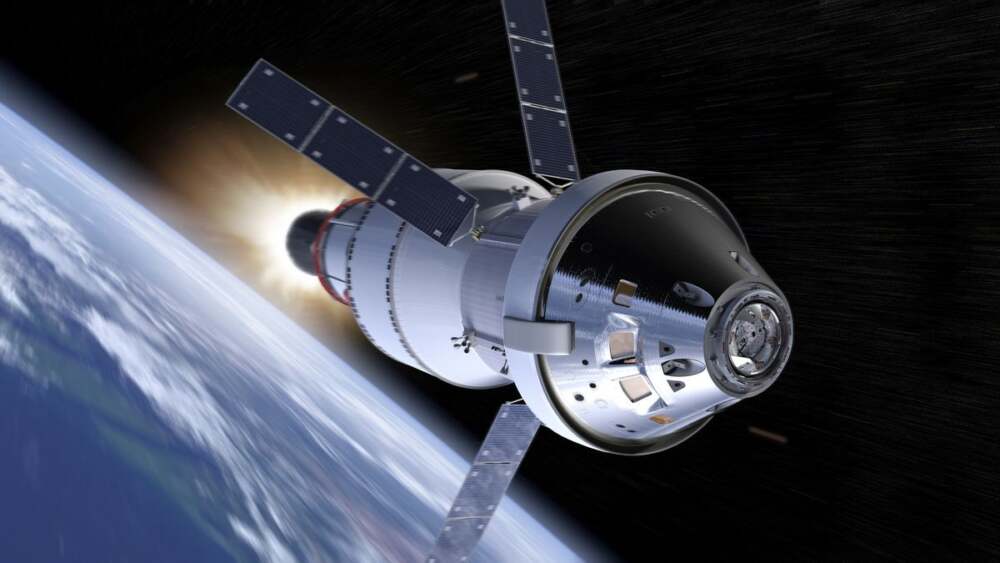
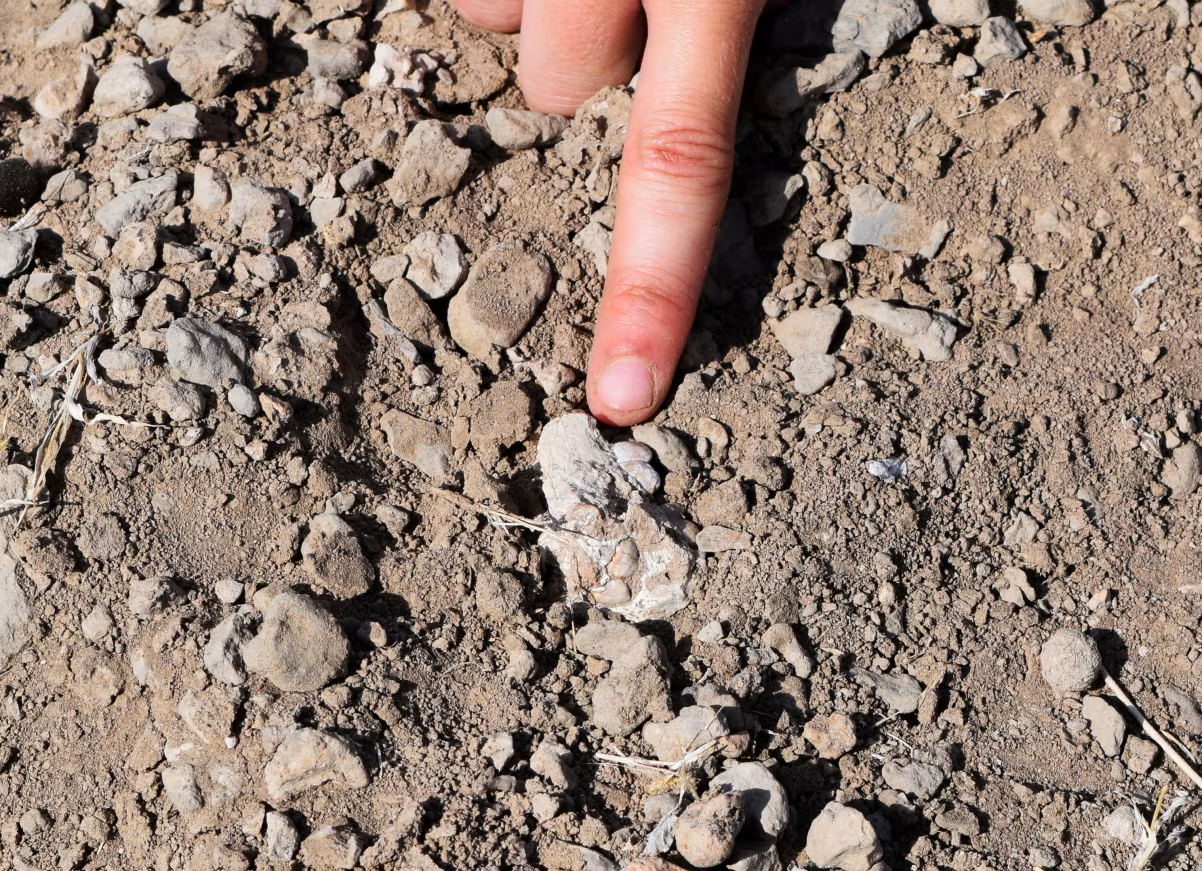
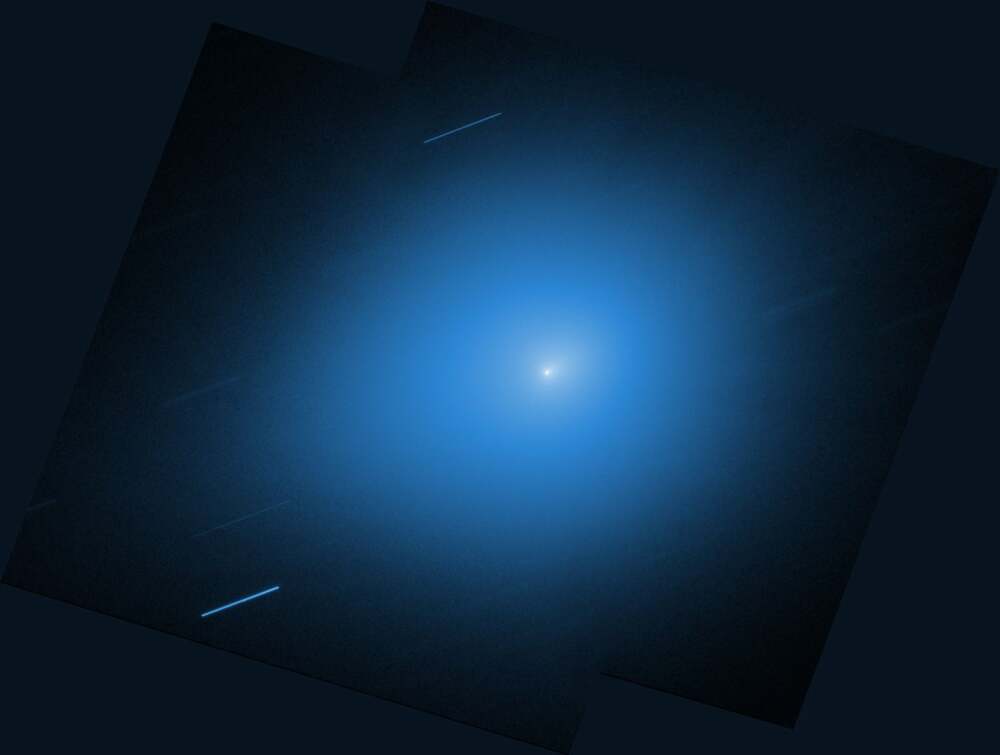
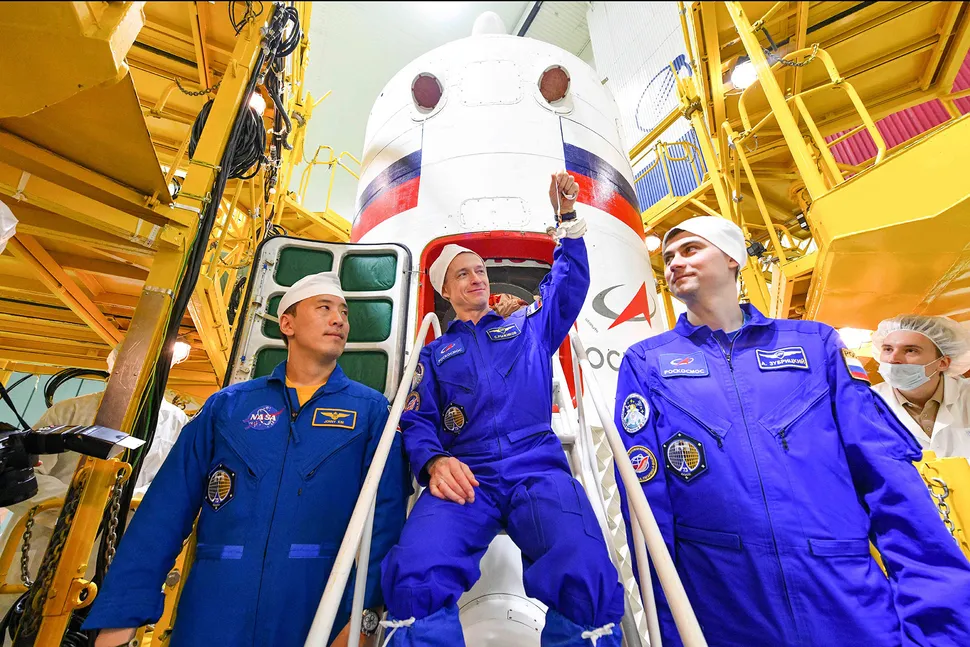
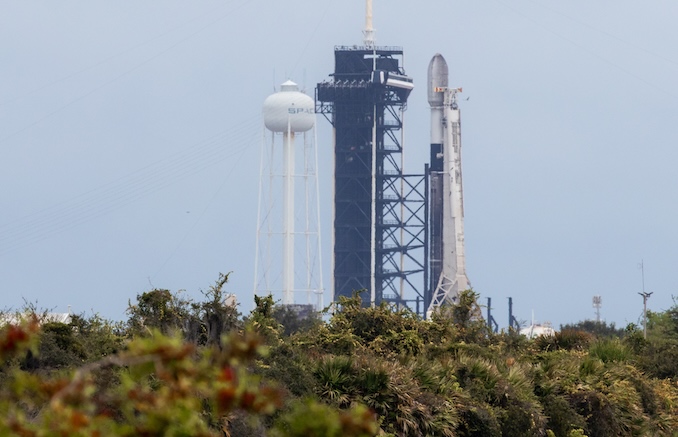
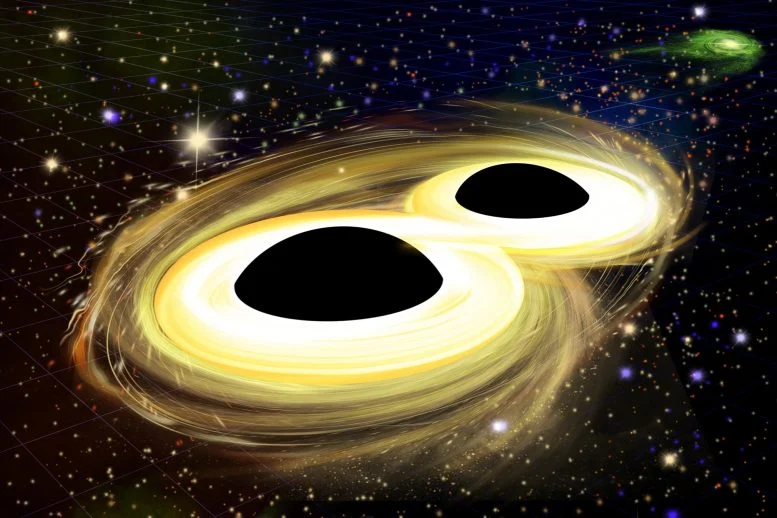

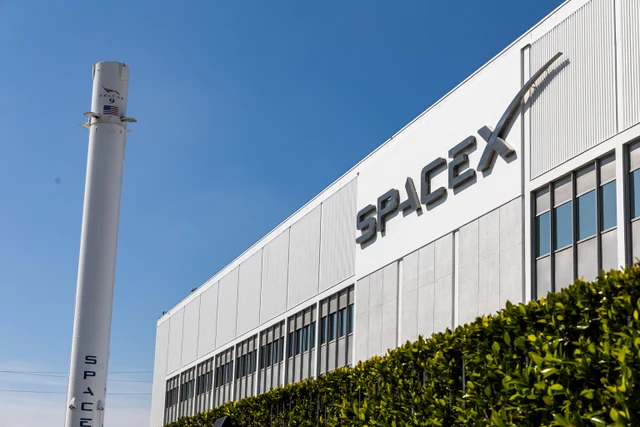

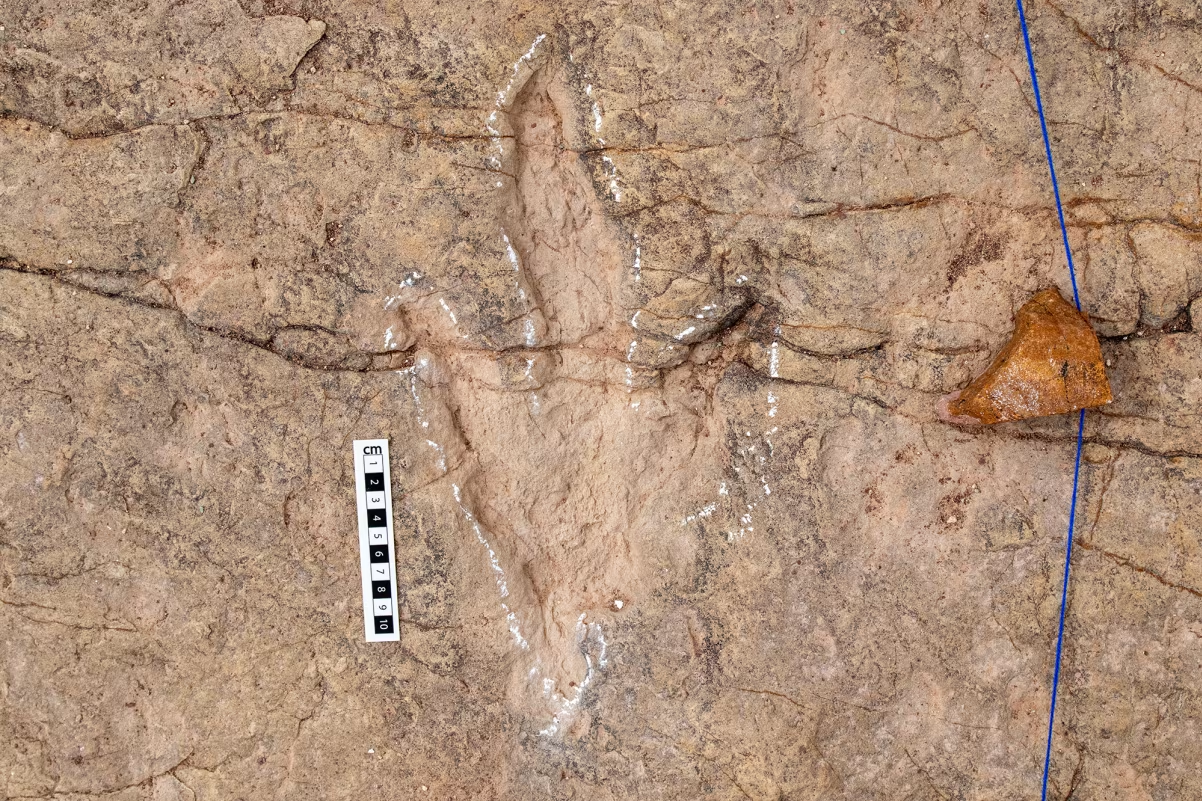
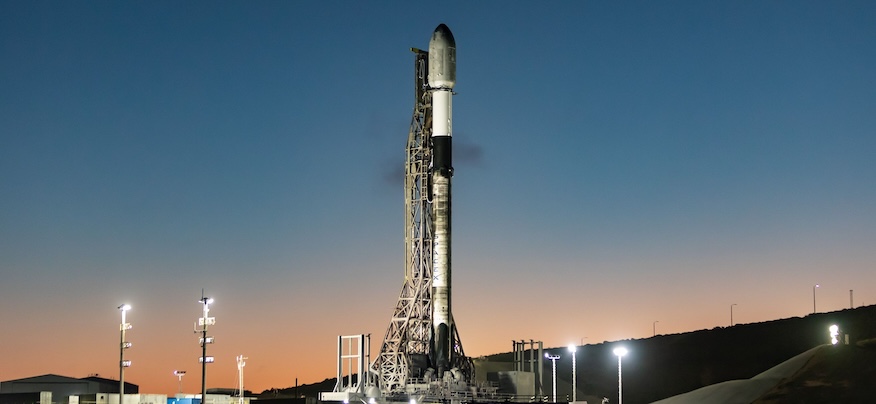


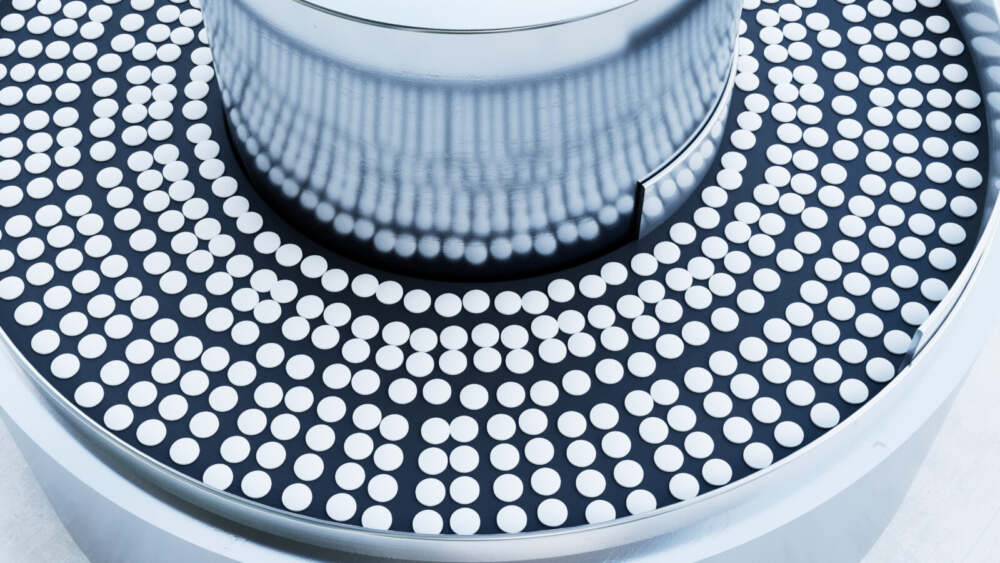

Leave a Reply